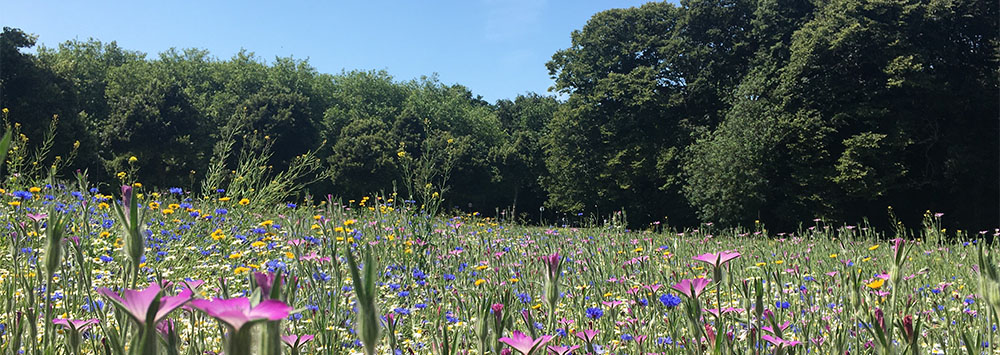Aims
The aims of the project were to explore:
1) Community understanding of the relationship between local weather, place and climate change
2) How this local understanding might be used to inform planning around place-specific climate change communication and engagement
Context
Climate is experienced in places through local weather, and weather influences the way we experience place.
Recent research has begun to focus on the relationship of place and weather and on establishing the importance of local, place-specific experiences of weather in informing people’s perception of the local climate and how it might be changing, and in turn their understanding of future global climate change.
Approach
The project used walking as an inclusive method to gather insight and evidence on the things that matter to local people in relation to climate change.
There has been increasing interest in the role that walking plays in everyday lives, in exploring the relationships between place, landscape and identity, and in investigating the role of walking in specific geographic practices. Walking has been highlighted as offering a way of creating an embodied, multi-sensory experience of place. Yet the role of walking and talking/listening while walking in helping to improve public understanding and appreciation of climate change remained to be investigated.
The approach aimed to enrich the dialogue between communities and local authorities on local climate issues, and contribute to local climate change action planning, as well as to develop new understandings of walking as an inclusive participatory tool that can be utilised within future collaborations and decision-making processes.
Activities
The project team worked with two community groups in Liverpool City Region to co-design Weather Walks in green spaces local to them. These took place during March 2022, in Court Hey Park, Knowsley, and Childwall Woods, Liverpool.
The walks were co-designed to take in local points of interest in relation to weather and climate, for example, flooding, storm damage, particular trees and wildflowers. Informal interviews took place during the walks, using a series of pre-prepared questions, and these were recorded with the participants’ consent.
Alongside this, postcards were left in selected local venues asking questions about experiences of local weather. People were invited to complete a card and post it into a box provided, which was collected at a later date. The postcards offered an alternative way to participate in the project, and captured responses from a wide range of people including visitors to the area.
Through these activities, we gathered a wealth of information in the form of local knowledge, memories, thoughts and observations, which formed the basis of a report to the British Academy.
‘Where we live next’
The UK has the potential to be a global leader on environmental sustainability, having set ambitious targets for net zero carbon emissions. But getting there will require a place-based approach that incorporates more wide-ranging questions about community, health and wellbeing, justice and equality, education and skills, housing, public services, and employment, among others.
To address this, the British Academy’s public policy team embarked on a programme of work that focused on factors necessary to ensure a truly sustainable future for the UK. It explores how a place-sensitive approach to sustainability policy could more effectively and equitably transition society towards a sustainable way of living.
The importance of place in policymaking is not unfamiliar to the Academy — in 2017 it published ‘Where we live now’, a set of reports on place-based policymaking. The series looked at what we can learn from research in the humanities and social sciences in understanding what place means to people and assessed whether policymaking could better take into account how people feel about where they live. Its more recent sustainability programme builds on this work, examining people-powered environmental sustainability policy solutions, to answer the question “Where do we live next?”
The team
The project was jointly led by Sue Jarvis, Co-Director of the Heseltine Institute, and Georgina Endfield, Professor of Environmental History at the University of Liverpool, with Joanna Hayes as Research Assistant. We worked closely with Liverpool City Region Combined Authority and ArtsGroupie CIC to plan and deliver the project, and with Incredible Edible Knowsley and the Friends of Childwall Woods and Fields to co-design and carry out the Weather Walks and to distribute the postcards. We are grateful also to Sefton Park Palm House Trust for their assistance with the postcards.
Situating Climate Change - Summary Report [PDF 6.3MB]
Situating Climate Change - Project Report [PDF 3.7MB]
Weather Walks - Method Poster [PDF 1.2MB]
Back to: Heseltine Institute for Public Policy, Practice and Place
